The first Home-for-All was built in Sendai last autumn, a 40m² timber structure that allows people to look to the future once again.
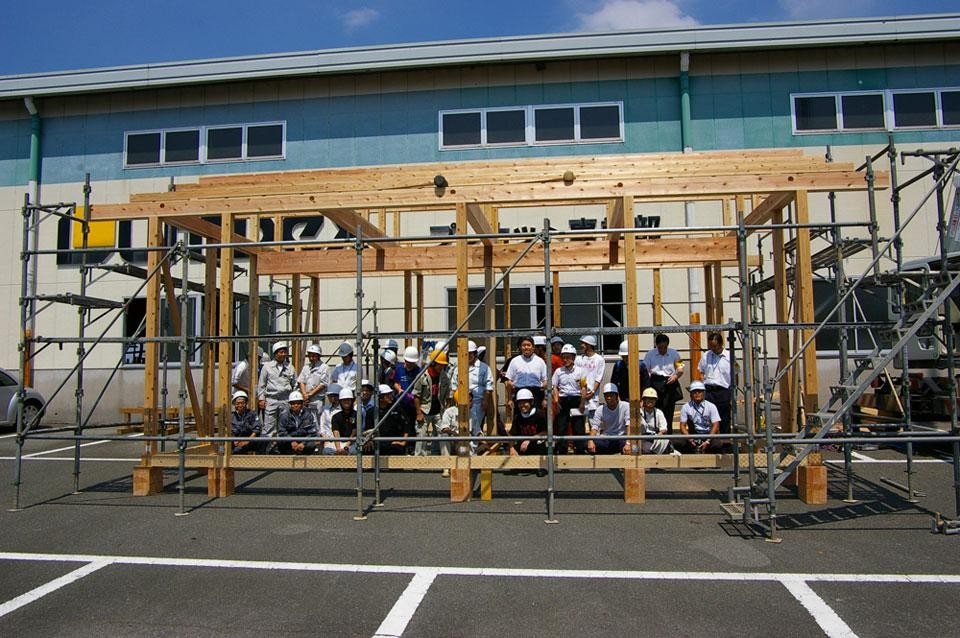
Toyo Ito: Rather than taking a stand as an architect responding to the residents of the disaster-stricken area, I would like to think about things from the victim's point of view. Based on that position, I thought about both the immediate approach of what can be done now, and the long-term vision in ten years' time. The former is an attempt to build Home-for-All – communal gathering places – in the disaster areas by raising funds, where with the other four members of KISYN-no-kai (Riken Yamamoto, Hiroshi Naito, Kengo Kuma and Kazuyo Sejima). On the other hand, I am involved in a reconstruction plan for the Kamaishi, Iwate Prefecture, which has a population of approximately 40,000.
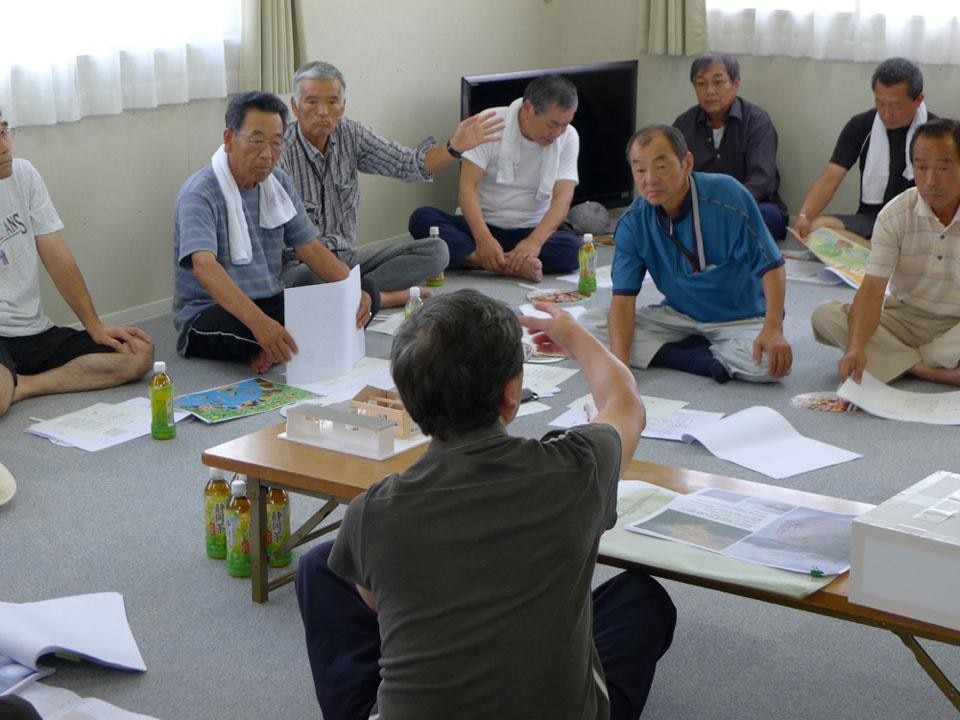
The Sendai Mediatheque had been partially damaged during the 3.11 earthquake, with minor damages such as the ceiling of its top floor breaking down. To the citizens of Sendai, this piece of architecture had been a beloved cultural salon for 10 years since its opening in 2001. Even without a specific program, people would nonetheless gather around this place to exchange information and interact with one another. We supported the restoration of the Mediatheque so it could reopen two months after the disaster. This led me to realise the importance of a small space like the Sendai Mediatheque for people to gather and communicate within disaster areas. This is the starting point of Home-for-All. As I have been serving as the Commissioner of the Kumamoto Artpolis which is one of the projects promoted by the Kumamoto Prefectural Government, Kumamoto Prefecture has offered its generous support and the first one. of Home-for-All was realized at the end of October 2011 in the east area of Sendai that was affected by the earthquake.
People who have lost their houses must have not a precise idea about how a new house should be: they just feel as they have lost their own home. You said you've asked their opinion and inquired on their expectations: how was your interaction with them and what did you learn about this experience?
In order to build the first Home-for-All, I started by talking with residents of the temporary housing on site. I had meetings with them several times, listening to their ideas and what they think is lacking in their current living environment. I then compiled a proposal of a small "public living room" that fulfills their requests as much as possible. Usually in an ordinary architectural project, there is a distinctive relationship between an architect and his client/users of a public building. But in this case, I as the architect and the residents as the client became one, and together we focussed on building this small home. As a result, the barrier between the architect and his client has been removed. Student volunteers, local government officials and everyone involved made a significant contribution to the realization of this project. I am very grateful for this experience.
What the residents want is the bond between people that they used to have, and an intimate cosmos that gives them the feeling of a home in which they have been living in for a long time.
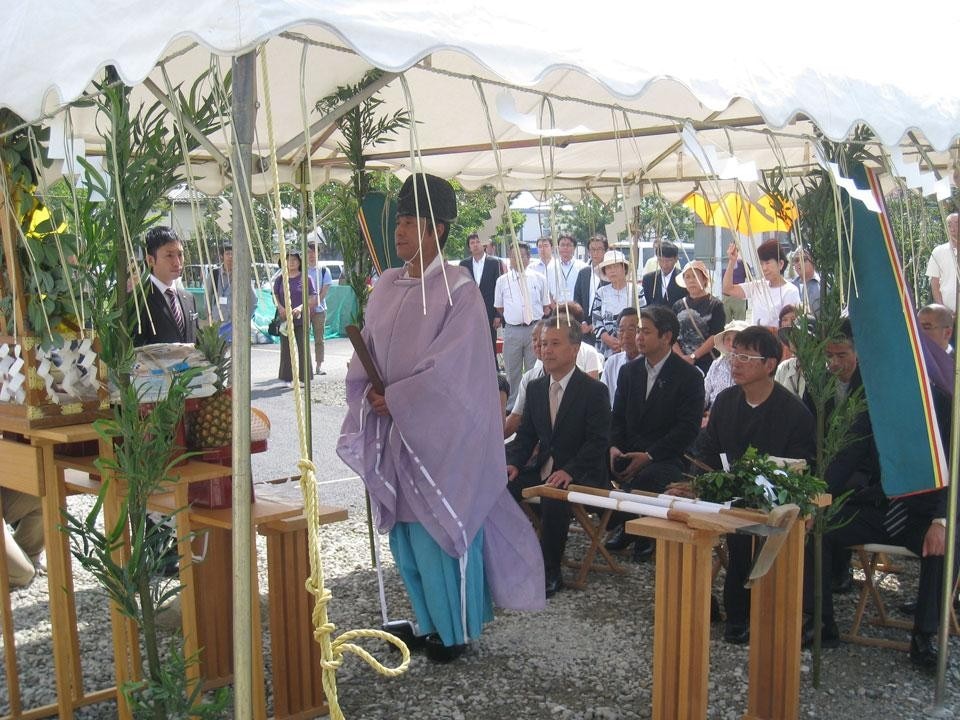
Basically there isn't so much of a difference. However, 9 months have already passed since the earthquake, and that strong will from the post-quake period gradually calmed down. I think now is the time for aspiring architectural students and architects to reconsider their thoughts towards architecture.
Could you explain in few words your project proposal for Kamaishi City?
Kamaishi City has set up the Fukkou Project Kaigi (Revival Project Meeting) consisting of representative of the citizens, urban planning specialists (civil engineering consultants), local government officials and me as an architect. Their plan of reconstruction is currently being elaborated through series of workshops and meetings. Usually, in cases like this in Japan, the civil engineering specialists would lead the planning process, and the architect has no chance of being asked to design the master plan. Therefore, if we were to be left out of the reconstruction process, the plans devised would lack humanity and become engineer oriented. As an architect I have strived to listen to the citizen's voice as much as possible and incorporate their thoughts in the plan.
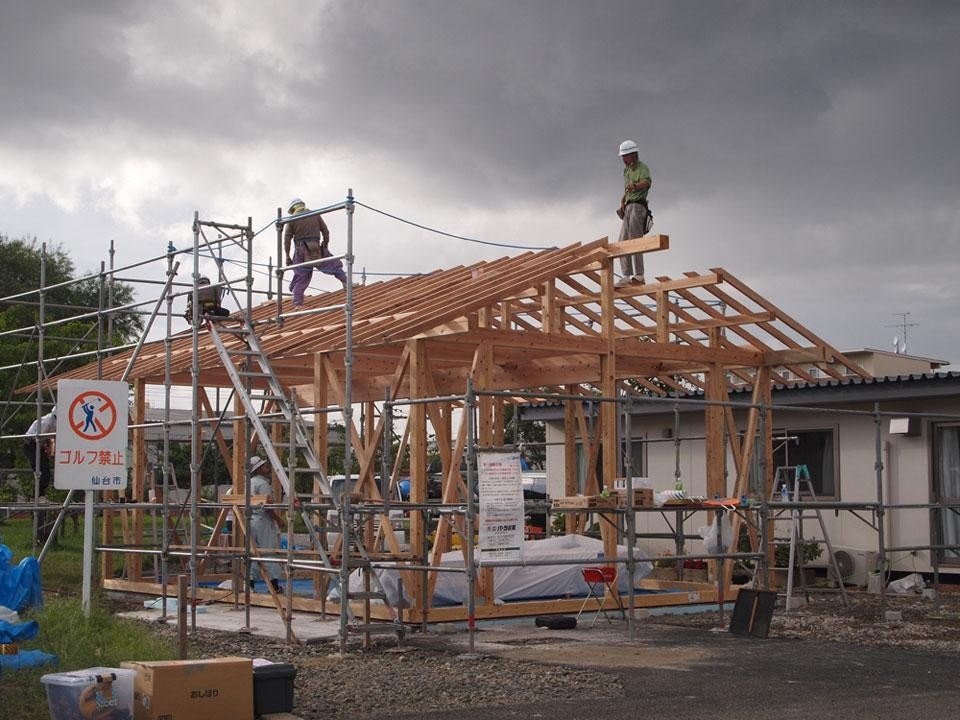
When I spoke with the residents in the disaster-stricken areas, I feel that despite being forced to live under extreme circumstances, they are ready to push for the revival of their towns of their dreams with their strong vitality. As mentioned in my answer to your previous question, the reconstruction plan devised by the local government is lacking humanity without reflecting the citizen's thoughts. Witnessing this, it is natural for me to think that I must incorporate their expectations into the plan.
What about the expectations of people forced to live in temporary architecture: I mean, what is the perception of living in a house by definition "temporary"?
The people in the disaster-stricken areas first lived in relief centers such as gymnasiums, and subsequently they would be moved to temporary housings provided. However, when I visited a relief center, an elderly person told me: "We prefer living in the relief center than in the temporary housing. I want to stay at the relief center." This is because they can maintain their community at the relief center but at the temporary housing the community is separated. Currently, although each family is offered one temporary apartment, no communal space is provided to bring people together. Living conditions at the temporary housings are very grim and empty. What the residents want is the bond between people that they used to have, and an intimate cosmos that gives them the feeling of a home in which they have been living in for a long time.
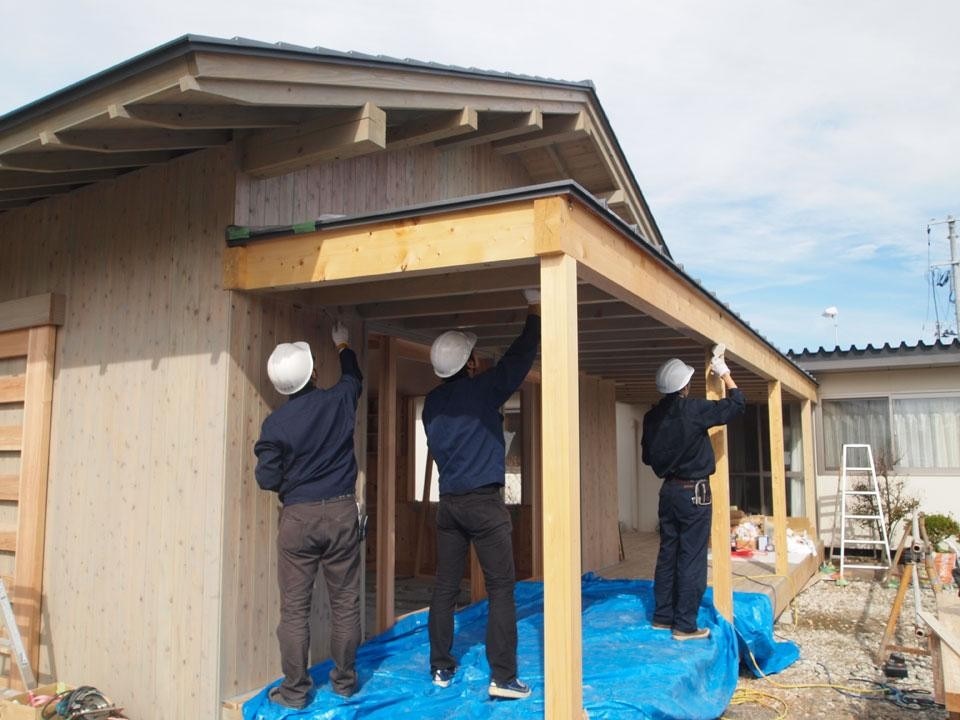
To overcome emotional problems is what we have to do right now. When the first "Home-for-All" was realized, people who have experienced trauma started to gather there more and more, and I have a feeling that their hearts have slowly started to loosen up.
How did the people react after 25 October, when you finished and opened your first "Home-for-All"?
The residents were happier than we have imagined when the first Home-for-All was realised. They gather there to discuss about the future over tea or sake every day. On the day of the opening ceremony, they were shedding tears, squeezing our hands to express their gratitude.
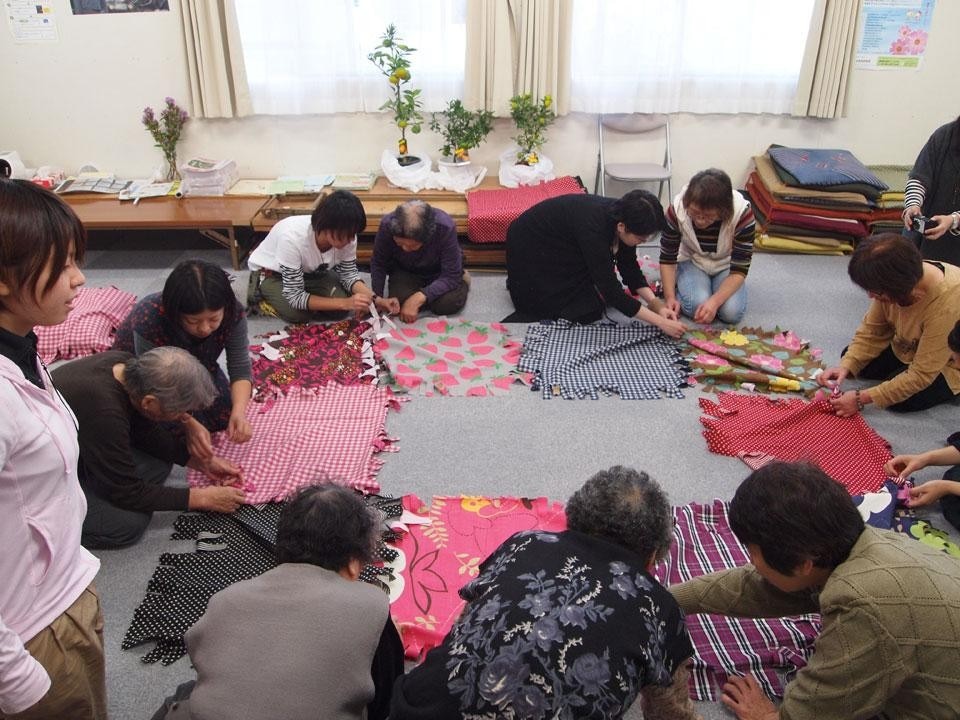
Regardless of whether it would be realized or not, I wanted people around the world to send their ideas of Home-for-All to the people in the affected areas. Thus I have called for architects and students to submit their image sketches. Especially, sketches from the elementary school students are wonderful. The children often pictured people in the centre, from which they extend outwards to architecture and the town.
So "what is architecture now?"
Architecture is to create a place that brings the hearts of people together.
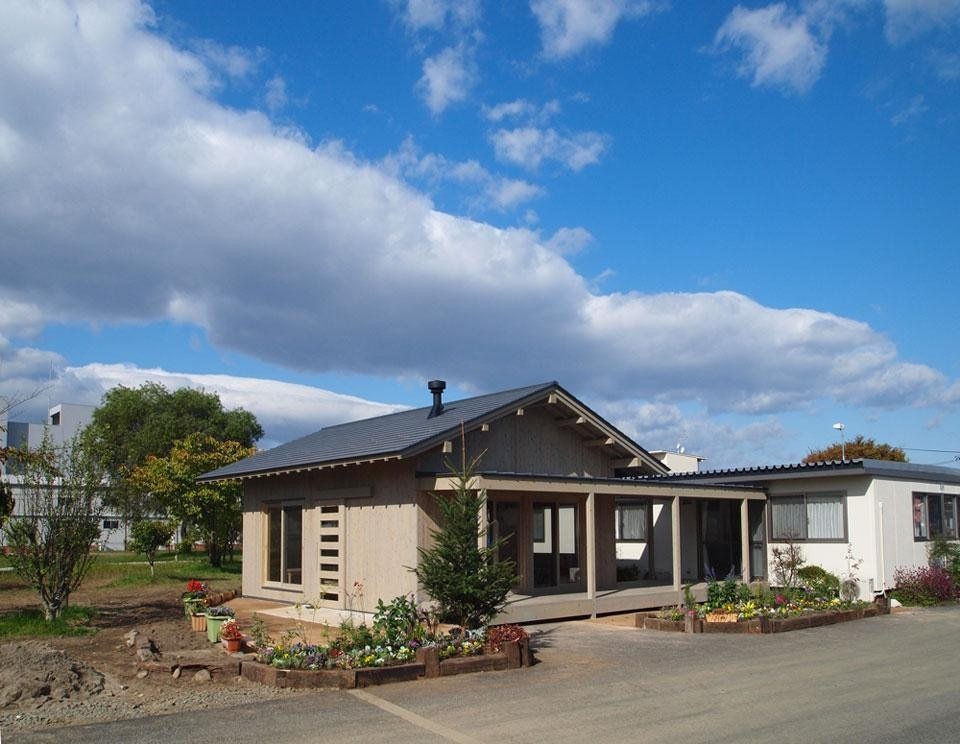
Contemporary architecture has become a tool to visualize capital in a global economy. Now, we have to be free from using architecture as a tool, and as I mentioned in my answer to your previous question, this is the moment we need to reconsider what architecture should be.
There are some answers to problems that are given instinctively while others are more carefully analyzed. It's interesting that you took one year long to think about the whole project. How does the project evolve during this period?
Discussions with exhibitors have started for the Japan Pavilion at the 13th Venice Biennale International Architecture Exhibition. How the process will evolve is still unknown. And that is why I have great expectations. I would never know if something wonderful would be born, or rather, if it would end up with nothing. What thrills me the most is to proceed with an unpredictable process.


